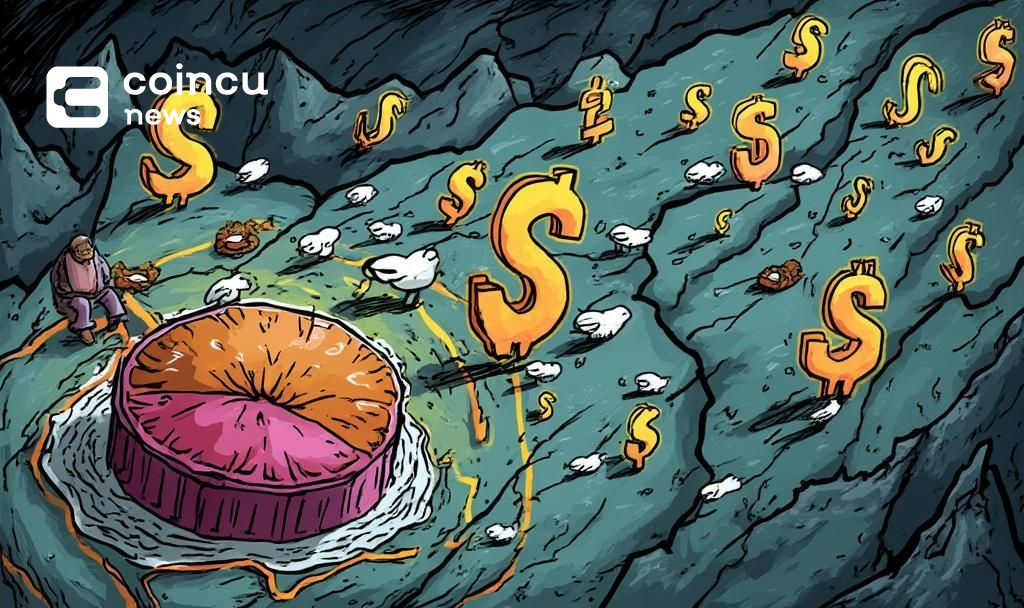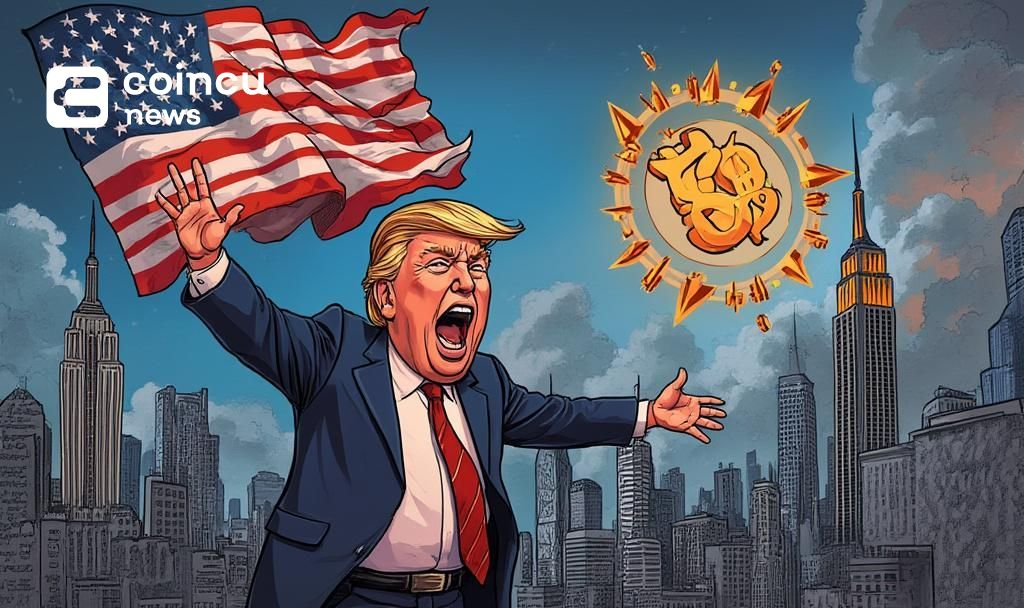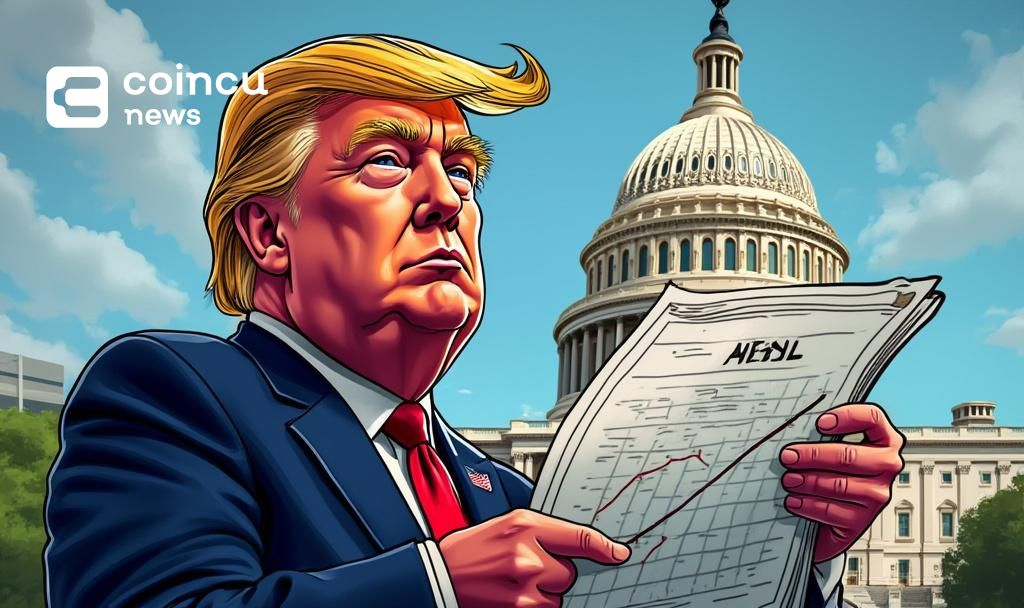$108930.447
At CoinCu News, we give both basic and in-depth articles on the latest news in the cryptocurrency and blockchain sectors.
Mayowa is a seasoned freelance writer specializing in creating compelling, high-converting content across diverse industries.
With extensive experience working with major news outlets, personal blogs, and private clients, he brings a deep understanding of audience engagement and storytelling. His expertise spans SEO optimization, persuasive copywriting, and niche versatility, ensuring content that resonates and delivers results.
Armed with a strong command of the English language and a keen eye for detail, he crafts content that is both impactful and strategically tailored to meet client goals.
News
US Stablecoin Regulation Predicted to Boost Crypto Market
US stablecoin regulation could elevate the crypto market to $15 trillion, White House advisor predicts.
Jul
Hong Kong Brokerages Approved for Regulated Crypto Trading
Hong Kong's Guotai Junan International and Victory Securities gain approval for regulated cryptocurrency trading services.
Jul
Trump Announces Tariffs on 10-12 Countries Starting August
Discover the impact of Trump's new tariffs on 10-12 countries starting August 1. Learn more
Jul
JD.com and Ant Group Seek Approval for RMB Stablecoin
JD.com and Ant Group urge China's central bank to approve an RMB-backed stablecoin to promote
Jul
Stablecoin Legislation Could Push Crypto Market to $20 Trillion
Trump’s Digital Asset Advisory projects the crypto industry may reach up to $20 trillion with
Jul
Binance Introduces Institutional Lending With Up to 4x Leverage
Binance unveils corporate institutional lending options offering up to 4x leverage; enhancing trading flexibility.
Jul
EU and US Aim for Tariff Accord Amid Potential Trade Tensions
The EU seeks a tariff agreement with the US by July 9, amid concerns over
Jul
U.S. House Approves Trump’s Tax and Spending Bill
U.S. House passes President Trump's tax bill with controversy over spending cuts and debt increases.
Jul
Hakeem Jeffries Delivers U.S. House’s Longest Floor Speech
Democratic leader Hakeem Jeffries sets record with the longest U.S. House speech to delay the
Jul
[tptn_list how_old="7" limit="5" title_length="0" heading="0" show_date="0" ]
[tptn_list how_old="30" limit="5" title_length="0" heading="0" show_date="0" ]






















